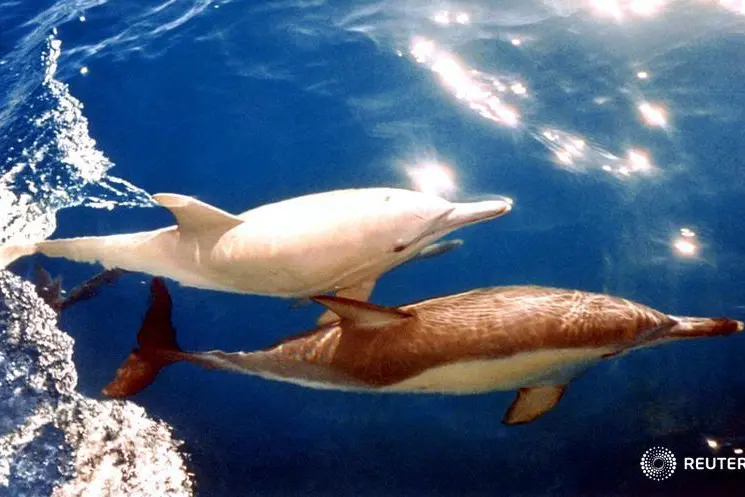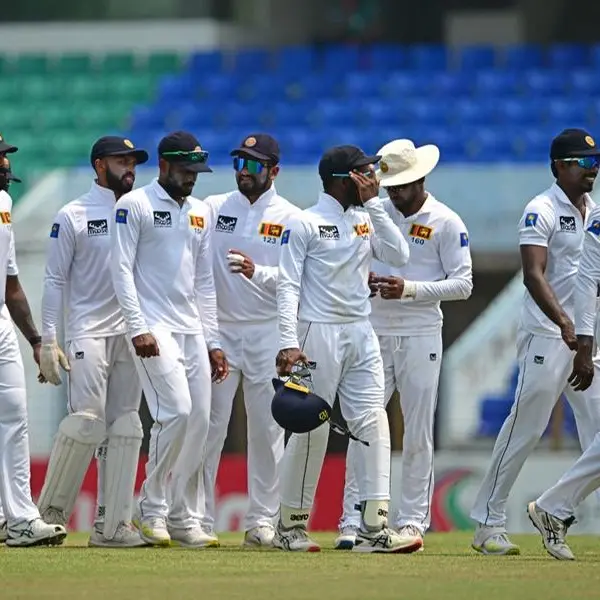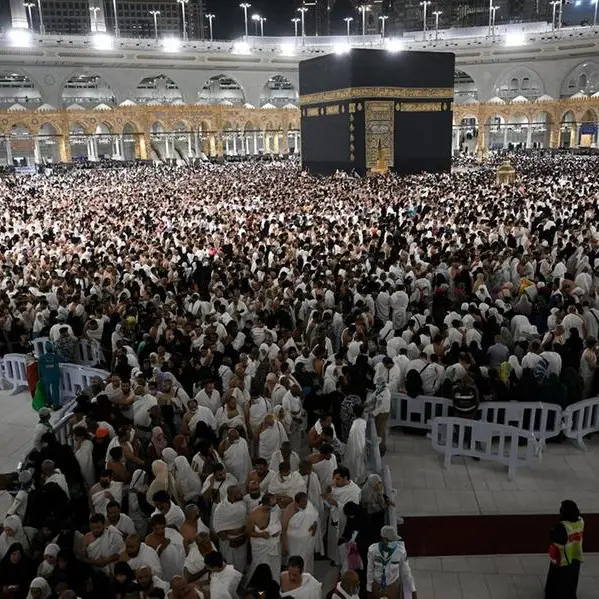PHOTO
The sea creatures were among 40 dolphins recently found dead on the shores of the Tabuk coastal town of Umluj, and local teacher Ahmed Muaity hopes his embalming skills will assist scientists in discovering more about the behaviors of the species and their Red Sea habitat.
Muaity, a specialist in dissection at Al-Wajh Secondary School, began embalming animals 16 years ago, initially mainly frogs and rabbits, and has showcased his art at the popular Janadriyah cultural festival and other public events in Yanbu, Umluj, and Al-Wajh.
Using the chemical preservative formaldehyde, he injects the fluid into his specimens to delay decomposition.
“The practice is considered a broad and important science used for purposes of dissection and studies. It also helps shed light on relationships between the animal world and humans,” he said.
Embalming covers small and large animals such as birds, reptiles, and mammals and the process involves preserving their hair, teeth, and skin.
Muaity pointed out that he was continuously improving and educating himself to find new embalming techniques from around the world.
“Embalming was first performed to preserve vertebrates and was established as a science that focuses on preserving animals’ elements after their death to benefit from them,” he added.
In Saudi Arabia, embalming was still considered an emerging method of studying the wildlife of the Arabian Peninsula, he said, but internationally zoologists often used embalmed animals for identification and descriptive analysis.
“Embalmed animals have been and will always be an essential source for researchers to conduct studies and transmit them to the future generations of zoologists, especially studies and research about extinct or endangered species,” Muaity added.
He described embalming as an “art and a passion performed by scientists” who had managed with patience and dedication to build an invaluable source of reference in museums globally.
Some scientists’ collections of embalmed animals – including those from historic expeditions by famous explorers – date back hundreds of years and have served as a foundation for “extremely important” studies in the field, such as those featured in the British Museum, he said.
Copyright: Arab News © 2021 All rights reserved. Provided by SyndiGate Media Inc. (Syndigate.info).












